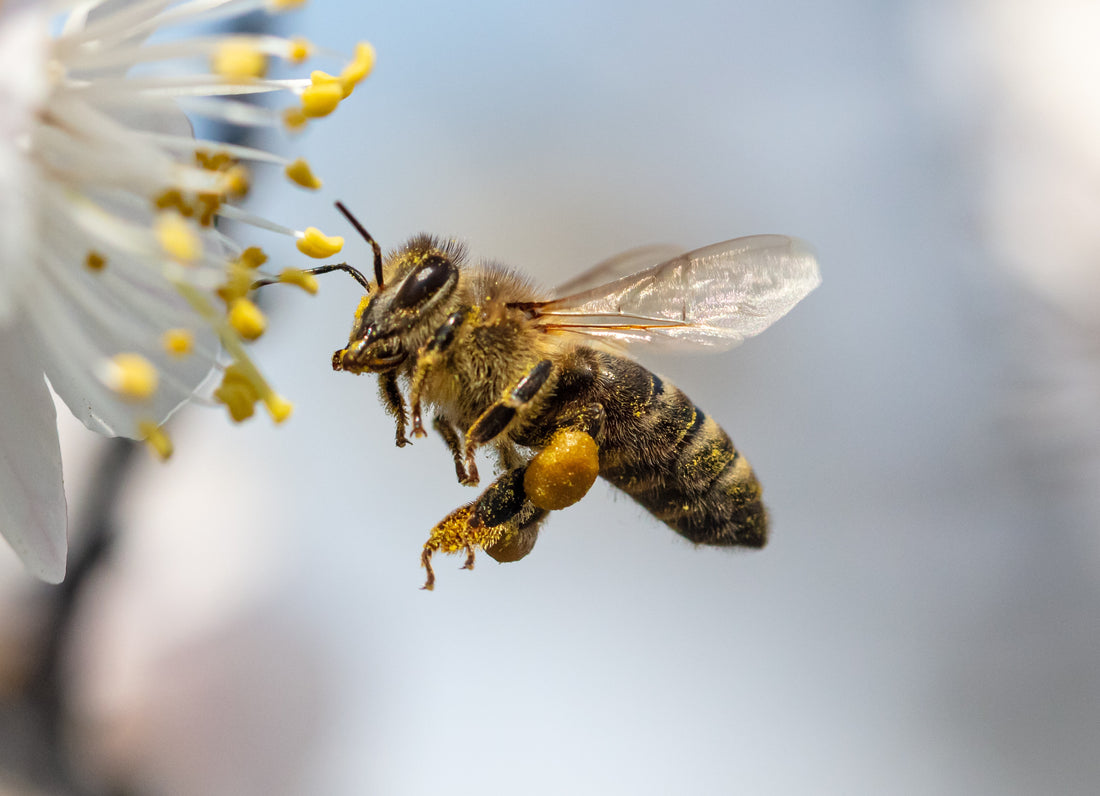Honeybees are one of the most fascinating and important species on our planet. These tiny insects play a crucial role in pollinating plants and producing honey, and have been revered for thousands of years for their contributions to human civilization. In this article, we will take a deep dive into the incredible world of honeybees, exploring their biology, behavior, and importance to our ecosystem.
The Anatomy of a Honeybee
Honeybees are small insects that belong to the genus Apis. They have a distinct appearance, with a black and yellow striped body, large compound eyes, and two pairs of wings. The body of a honeybee is divided into three segments: the head, thorax, and abdomen.
The head of a honeybee is home to its brain, antennae, and jaws. The antennae are used for sensing the environment and communicating with other bees, while the jaws are used for biting and chewing. The thorax is the segment that houses the bee's wings and legs, and the abdomen contains the bee's reproductive organs and honey stomach.
The Life Cycle of a Honeybee
Honeybees have a unique life cycle that consists of four distinct stages: the egg, larva, pupa, and adult. The process begins when a queen bee lays an egg in a wax cell within the hive.
The egg hatches into a larva, which is fed a special diet of royal jelly by worker bees. After about a week, the larva spins a cocoon and enters the pupal stage. During this stage, the bee undergoes metamorphosis, transforming from a worm-like larva into an adult bee. After about two weeks, the adult bee emerges from the cocoon and begins its role within the hive.
The Social Structure of a Honeybee Hive
Honeybee hives are highly organized and complex societies, with a clear hierarchy and division of labor. At the top of the hierarchy is the queen bee, who is responsible for laying eggs and maintaining the hive's genetic diversity. The drones, or male bees, sole purpose is to mate with fresh queens. The majority of the hive, however, is made up of worker bees, the female bees responsible for foraging for food, caring for the young, and maintaining the hive.
The worker bees have several roles within the hive, including foragers, nurses, guards, and undertakers. Each role is critical to the survival and success of the hive. Foragers, for example, are responsible for finding and bringing back nectar and pollen to the hive, while nurses take care of the young bees and maintain the hive's temperature.
The Importance of Honeybees to our Ecosystem
Honeybees play a vital role in our ecosystem as pollinators. They are responsible for pollinating a large portion of the fruits, vegetables, and nuts that make up our diet. In fact, it is estimated that one-third of the food we eat would not exist without the pollination services provided by honeybees.
In addition to their role as pollinators, honeybees also play a critical role in maintaining biodiversity. They help to pollinate wildflowers and other plants, which in turn provide food and habitat for other animals. Without honeybees, our ecosystems would be severely impacted, and many species would struggle to survive.
But honeybees are facing many challenges today. The use of pesticides, loss of habitat, and diseases like colony collapse disorder are all taking a toll on honeybee populations. It is essential that we take steps to protect and conserve honeybees, not only for their sake but for the sake of our entire ecosystem.
Conclusion
Honeybees are a marvel of nature, and their importance to our ecosystem cannot be overstated. By understanding more about their biology, behavior, and importance, we can take steps to protect and conserve these incredible insects for future generations to enjoy.

